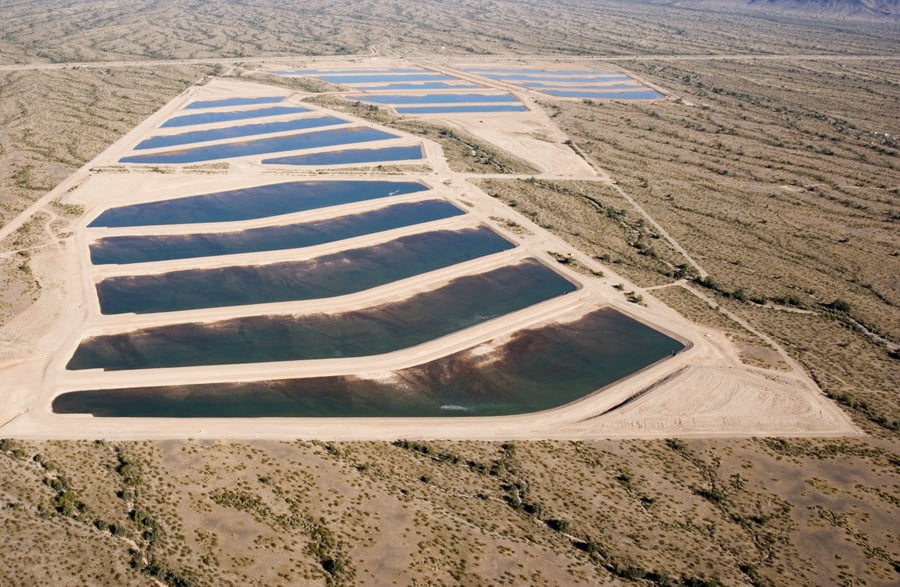Environmental models are used to make predictions that form the technical basis for water-management decisions. For example, groundwater flow models can be used to predict the impacts of pumping on nearby surface water bodies, to inform mine dewatering activities, and to guide the design and operation of remediation facilities.
Environmental model results are often presented as a single set of predictions, suggesting a very high level of confidence. In reality, however, all environmental models contain uncertainties. The dominant sources of uncertainty in groundwater flow models include the underlying model structure, which must reflect the aquifer geometry; the model boundaries, which represent flow into and out of the system; and aquifer properties such as transmissivity, which are typically estimated by calibrating or “tuning” until the model predictions match historic and current observations.
These uncertainties translate to uncertainty in model predictions. Consequently, communicating the nature and degree of model prediction uncertainty to users is critical; in fact, the EPA[1], NRC[2], and other regulatory agencies believe this is fundamental to environmental risk assessment. Omitting such information may cause a model to be perceived as unreliable, or unfit, for quantifying future conditions; without it, users are getting an incomplete picture.
But what if an uncertainty analysis reveals that your model predictions are “too uncertain”? This may be problematic for many real-world water-management scenarios. Fortunately, model prediction uncertainty can be reduced by designing sampling and monitoring strategies to target the critical uncertainties that are associated with the prediction of interest. This is known as “data-worth” analysis — determining the worth of having additional data.
Explicitly quantifying the uncertainty of model predictions provides a better basis for water-management decisions than a single, deterministic set of predictions. If the level of predictive uncertainty is unacceptable, targeted data collection can reduce it to an acceptable level. As such, analyses of uncertainty and “data worth” add value to hydrologic investigations — and they should be conducted whenever model predictions are used to support important water-resource decisions.
[1] U.S. EPA, 2001, Risk Assessment Guidance for Superfund (RAGS) Volume 3 Part A — Process for Conducting Probabilistic Risk Assessment [2] U.S. Nuclear Regulatory Commission, 2003, A Comprehensive Strategy of Hydrogeologic Modeling and Uncertainty Analysis for Nuclear Facilities and Sites









